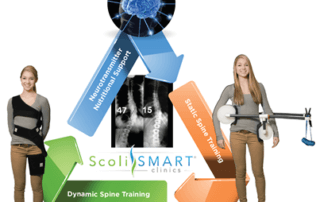Different Types of Scoliosis
Types of idiopathic scoliosis are categorized by both age at which the curve is detected and the location of the curve. When grouped by age, scoliosis usually is categorized into three age groups: Infantile scoliosis: from birth to 3 years old Juvenile scoliosis: from 3 to 9 years old Adolescent scoliosis: from 10 to 18 [...]



